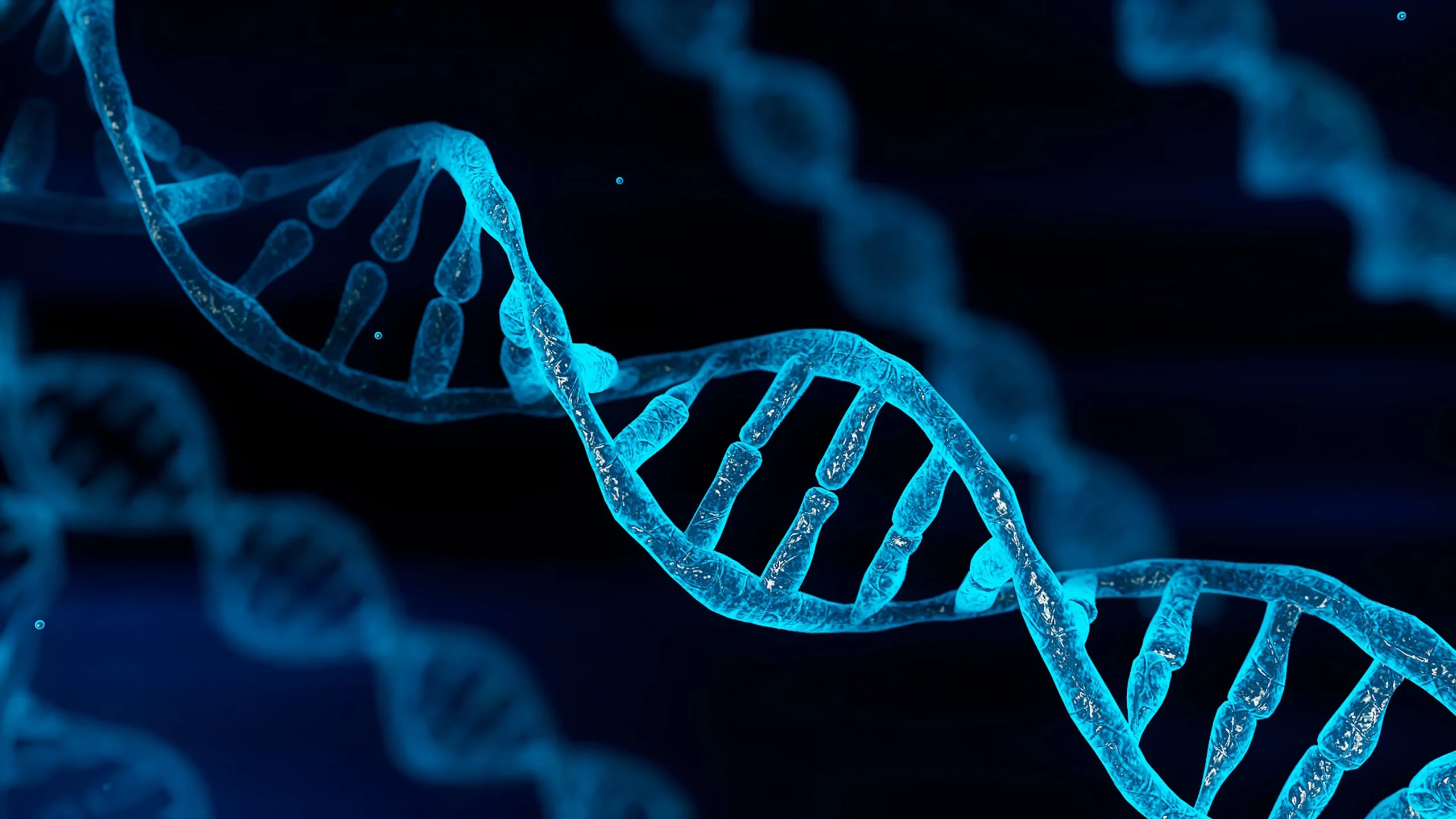 Human beings generally inherit exactly 46 chromosomes, structured from DNA, which serve as the blueprint for inherited traits. These chromosomes shape characteristics like eye color, height, and hairline—traits passed through generations.
Human beings generally inherit exactly 46 chromosomes, structured from DNA, which serve as the blueprint for inherited traits. These chromosomes shape characteristics like eye color, height, and hairline—traits passed through generations.
Of the 46 chromosomes, 44 blend genetic material from both parents, creating a unique genetic signature in each individual. But one pair, known as the sex chromosomes, functions differently. The mother always contributes an X chromosome, while the father contributes either an X or a Y chromosome. This distinction determines the child’s sex: two X chromosomes result in a female, while an X and a Y result in a male. The Y chromosome’s inheritance pattern is straightforward; it is passed from father to son, generation after generation, largely unchanged.
This unique characteristic makes the Y chromosome, or “yDNA,” an invaluable tool for genealogy. The Y chromosome remains remarkably stable over centuries, allowing researchers to trace paternal lineage with precision. In Western cultures, where surnames traditionally pass from father to son, yDNA tracking aligns closely with surname inheritance, making it ideal for genealogical studies. Slight genetic variations, known as mutations, can occur over time. By analyzing these changes, researchers can determine the “genetic distance” between individuals, helping to pinpoint a common ancestor within a specific timeframe.
yDNA testing identifies these mutations by comparing specific sites, or markers, on the Y chromosome. When two men share a significant number of identical markers—say, 23 or more out of 25—their common male ancestor likely lived within recent centuries. Family Tree DNA (FTDNA), a DNA testing company, offers tests at various levels (12, 25, 37, and 67 markers), with higher marker counts providing greater accuracy in estimating genetic distance.
The Claiborne/Clyburn/Claybourn/Clayborn Surname Y-Chromosome DNA Study is a volunteer-driven genealogical project. Founded by Alex Waldrop and Johnathan Clayborn under the auspices of The National Society of the Claiborne Family Descendants, this project uses FTDNA’s resources to trace familial connections among individuals with variant spellings of the surname and to identify direct male-line ancestors.
This study examined various families bearing the surname to identify shared paternal lineage. These families were categorized as follows:
- Descendants of William Claiborne of Virginia, son of Thomas Cleyborne from King’s Lynn, County Norfolk, England.
- Descendants of the Westmorland family from Cliburn Hall, England (our family).
- Descendants of Edward Cleiborne.
- The Clibborn family of Moate.
- A control family without a Claiborne-like surname.
- Descendants of Nathaniel Britton Claborn/Cliborn (1803–1902), originally from South Carolina and later of Alabama.
Our family belongs to Haplogroup R-M269 (also referred to as R1b1b2 or R1b1a2), closely matching the Westmorland Haplotype. This confirms our descent from the second category, the Westmorland family, whose origins trace back to the Cliburn Hall area in what was historically Westmorland County, now part of Cumbria in northern England. The January 2022 DNA report provides further details.
This testing also confirmed Joshua’s ancestral roots in Westmorland. Moreover, it indicated that John Cliborn of Dale Parish, Chesterfield County, Virginia, who lived circa 1712–1766, descended from the same Westmorland family and likely shares a common ancestor with Joshua. The study also clarified that William Claiborne, the notable Secretary of Virginia (ca. 1600–ca. 1677), is not related to Joshua Clyburn, contradicting earlier assumptions about his Westmorland origins.
Joshua Isom created a cladogram that illustrates the proposed relationships among the descendants of John Cliborn of Dale Parish, the North Carolina Clyburns (descendants of Joshua, William, and Ephraim), the Irish Clebornes, and the Isoms. Click here for the full cladogram. Joshua Isom suggests that Sir John Cliburn (1439–1489) is the most recent common patrilineal ancestor for all these family groups.
Below are the allele values for 37 Y-chromosome markers from a descendant of Joshua Clyburn. These results are compared with other individuals to assess the proximity of shared ancestry, with mutation rates varying by marker. Click here for an explanation of the 37 markers below (pdf).
PANEL 1 (1-12)
| Locus |
1
|
2
|
3
|
4
|
5
|
6
|
7
|
8
|
9
|
10
|
11
|
12
|
|---|---|---|---|---|---|---|---|---|---|---|---|---|
| DYS# |
393
|
390
|
19*
|
391
|
385a
|
385b
|
426
|
388
|
439
|
389-1
|
392
|
389-2
|
| Alleles |
13
|
23
|
14
|
11
|
10
|
14
|
12
|
12
|
12
|
13
|
13
|
29
|
PANEL 2 (13-25)
| Locus |
13
|
14
|
15
|
16
|
17
|
18
|
19
|
20
|
21
|
22
|
23
|
24
|
25
|
|---|---|---|---|---|---|---|---|---|---|---|---|---|---|
| DYS# |
458
|
459a
|
459b
|
455
|
454
|
447
|
437
|
448
|
449
|
464a
|
464b
|
464c
|
464d
|
| Alleles |
17
|
9
|
9
|
11
|
11
|
24
|
15
|
19
|
30
|
15
|
16
|
18
|
19
|
PANEL 3 (26-37)
| Locus |
26
|
27
|
28
|
29
|
30
|
31
|
32
|
33
|
34
|
35
|
36
|
37
|
|---|---|---|---|---|---|---|---|---|---|---|---|---|
| DYS# |
460
|
GATA H4
|
YCA II a
|
YCA II b
|
456
|
607
|
576
|
570
|
CDYa
|
CDYb
|
442
|
438
|
| Alleles |
12
|
10
|
20
|
21
|
17
|
15
|
17
|
17
|
34
|
38
|
13
|
12
|
* Also known as DYS 394
If you are interested in participating in the DNA Study, please contact us and we will forward your name and contact information on to Dr. Waldrop.

